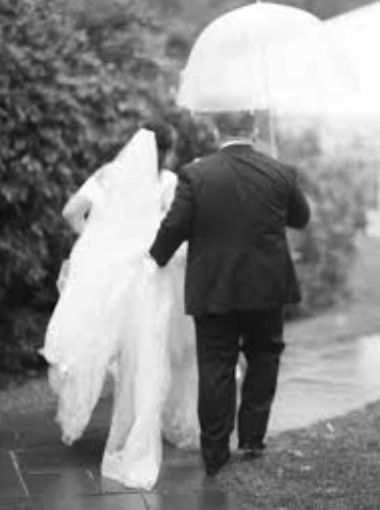Church Buildings
Church buildings can be silent witnesses to what’s going on roundabout. Calling out blessings to those who can hear. Weeping over the folly of pursuing riches, prestige, and power. Inviting us to stop, listen, and feel the best of the past permeating the present. Symbols of hope.

Church Buildings by Rev Glynn Cardy
Church buildings were not there at the beginning of Christianity. Scholars tell us the first gatherings were ‘supper clubs’ where some 8-16 people gathered to share food, support, and a vision of life different from the ideal proclaimed by the Empire of Rome.
In the beginning of the Jesus movement was the meal. With the meal came mutual empowerment, a new identity, and rituals that celebrated and reinforced them.
Then at some point, much later, came buildings, and for good or ill we’ve had them ever since.
When I travel to a new place, I often visit the local. It might be a grand building known for its concerts, or something hard to find down a back alley. It might look like a historical monument trumpeting the past, or something quite dilapidated where some of society’s discarded gather.
Often these days church buildings are locked. But occasionally I get lucky and wander in. I look at the images in glass, wood, or stone, and try to imagine what the locals see in them. I look for a children’s space, printed service sheets, or sermons. I look for the life that is in that place.
Then I stop, maybe shut my eyes, and try to feel the pulse of the building. I try to listen into the silence of the stones, to the whispers of the wood, to the unseen energies that uniquely coalesce here.
I have a theory that churches are repositories of lots of powerful unseen things. Like emotions, and memories, and hopes. Think for a minute of weddings, or funerals. Or when something bigger than our default setting of self-survival and self-prosperity grips us with a passion to change our world for the better, come what may, cost what it may.
Such unseen things seep into the walls, and stain them with life. And in old church buildings, where such seeping and staining has been going on for over 100 years, these energies are almost palpable.
‘Prayer’ is a word used for lots of things. Some people of faith think it is about talking to, or petitioning, even praising, a deity. Some do such in song.
Others think it is about doing what their deity wants. Like helping make housing, health, and food available to all.
Maybe because I struggle with most configurations and conjectures about divinities, I do not, when in these buildings alone, generally like talking forms of prayer. I prefer silence. Silence so I can attend to what I am feeling.
In times past I would go to an evening service in this big aged church where, in the candlelit gloom, you could sit and meditate and no one would talk to you. There was a community of silence and space there, threads of connection between the gathered that didn’t need words.
One evening I remember listening to this man, sitting a few pews over, snoring. A
a low rhythmic rumble. Discreetly, without being seen to be seeing, an attention of annoyance turned to him. But then, seemingly upon spotting him, dissipated.
Maybe our community of silence and space realized that we too could easily nod off after a long day. Or that he was doing what countless others have done over the ages. Or that prayer doesn’t have to engage the mind, and maybe the snores were petitions to the Almighty. Maybe being there, awake or sleep, was enough.
I like the notion of ‘being there.’ Church buildings can be like that. Silent witnesses to what’s going on roundabout. Calling out blessings to those who can hear. Weeping over the folly of pursuing riches, prestige, and power. Inviting us to stop, listen, and feel the best of the past permeating the present. Symbols of hope.
I like them. And in 100 years from now I hope that some are still around.




